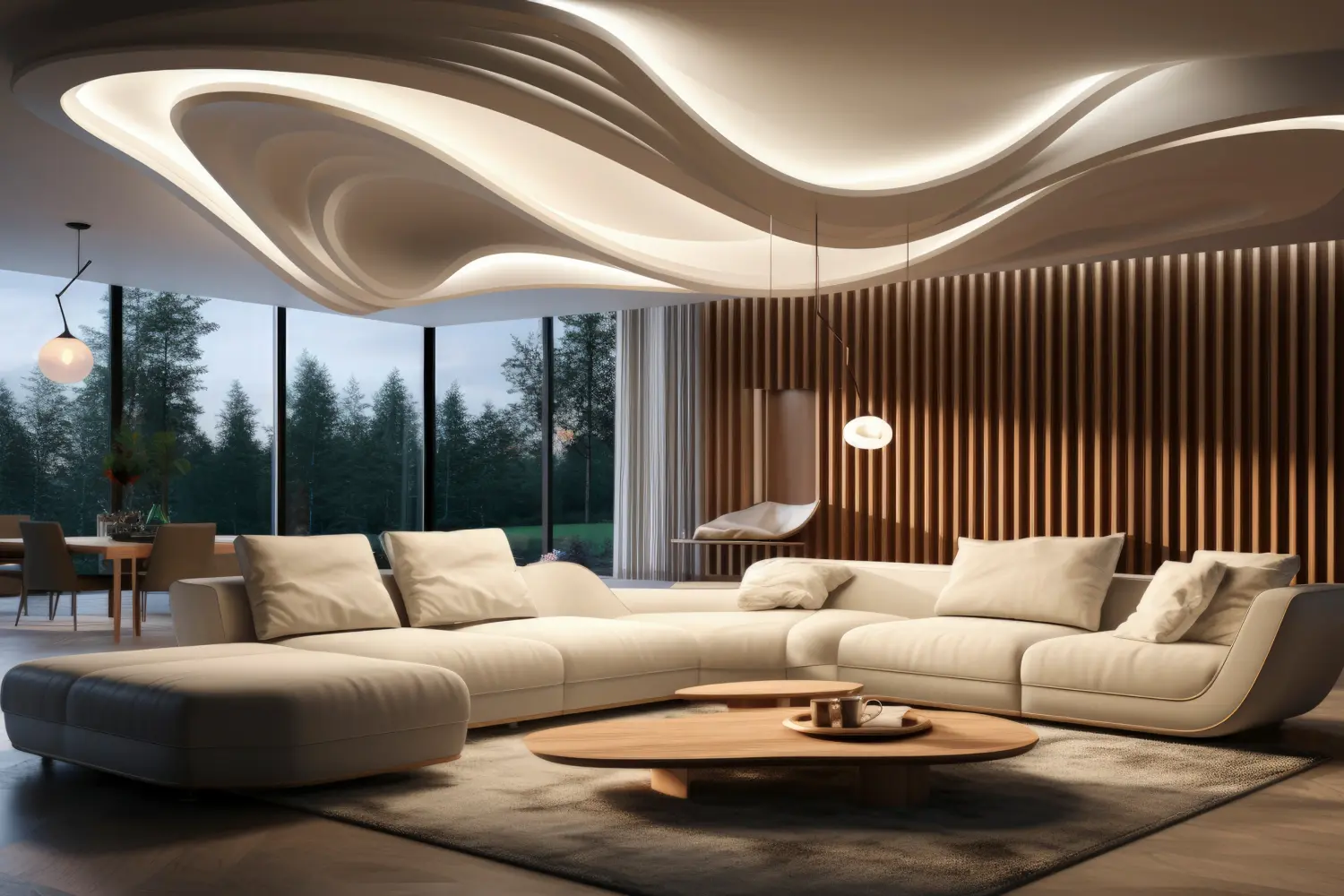Published: 8 Apr, 2024
Learn how pixel streaming revolutionizes eCommerce by enabling dynamic product customization. Explore the advantages, technical base, and future potential.

In today's world overflowing with content, Unreal Engine stands out as a game-changer, especially when it comes to producing incredibly realistic visuals that grab attention and immerse shoppers. Created by Epic Games, this versatile software has gone beyond just games and is now a staple tool for various industries such as film, architecture, and even eCommerce.
Let's dwell on the key strategies of showcasing content on the web and giving it a competitive edge with high-tech. We'll be also shedding light on the exact technology that is behind the creation of life-like product images.
Unreal Engine's distinctive technique to achieve futuristic photorealism stems from its sophisticated rendering architecture. It has been carefully designed to cope with the complex calculations required to replicate natural light, materials, and physics. This technological backbone empowers creators to generate visuals boasting a level of intricacy and authenticity previously reserved for top-tier CGI projects.
Now let's dwell on the pros of Unreal Engine photorealism for eCommerce.
Traditionally ray tracing is the modeling of the interaction of light with surfaces. Previously, this technology was a slow process suitable only for non-interactive use due to the high computational requirements. However, Unreal Engine has revolutionized this technology, making it appropriate for use in real-time applications. This advancement enables dynamic lighting effects that closely mimic real-world phenomena.
For now, ray tracing calculates pixel colors by tracing the paths of light reflected from objects. This effort results in realistic shadows, reflections, and refractions. The technology allows for the creation of materials that behave real world-like, e.g., glares falling on the water or sunrays coming off the clouds.
The Unreal Engine's dynamic lighting system is now the foundation for achieving photorealism thanks to features such as Lumen. Through a fully dynamic global illumination solution the engine replicates the intricate interplay of light within a scene.

Lumen dynamically adjusts lighting in real time, responding to changes in geometry, material properties, and light sources. This adaptability is critical to creating scenes that can organically evolve to reflect changing lighting conditions over time.
In addition, global illumination plays a key role in enhancing realism. By accurately simulating indirect lighting, the image is brought to life. This includes light reflecting off surfaces and illuminating other areas, giving scenes immersive lighting that adds depth and vitality to virtual worlds. If customer engagement is a top priority, one needs to think about how to bring together two worlds - the digital and physical one. By interacting with the product - seeing it, trying it, feeling it, the customer explores the product's qualities and makes a purchase decision.

The advanced software excels at creating realistic materials and textures with its advanced physics-based rendering (PBR) system. PBR ensures that materials respond to lighting according to real-world physics. This authenticity is achieved by carefully mapping the textures of the image. Along with the highly accurate detailing of surfaces such as roughness, metallicity, glare, and radiating properties.
With the engine's easy-to-use material editor, designers can visually create complex shaders, and blend textures and features to reproduce a wide range of surfaces. Whether it's the intricate weave of fabric or the natural texture of wood, the designer will find the tools needed to achieve an unrivaled level of detail.
Post-processing capabilities help to create cinematic-quality visual effects. Once the scene has been rendered, one can use such techniques as depth of field, motion blur, and coloring. It levels up the quality of the image a lot. These effects are very important for creating the mood of an image, drawing attention to certain elements, or imitating a particular style or era.
Imagine looking for an antique Victorian table. Would you rather explore its mahogany with walnut inlaid, fluted tapered legs, and see how it fits in with your home than have a few pictures of it? The answer is clear - you’ve got to have the full cinematic experience.
Although Unreal Engine was originally born in the gaming world, today its versatility has extended far beyond its gaming environment.
In eCommerce, for example, it is changing the landscape of online product presentation.
With edge technologies, retailers can provide shoppers with 3D product renderings for better visualization and immersiveness. Such experimentation with different lighting scenarios and customization of features will help customers in their decision-making. This increased level of engagement broadens the online shopping experience, bridging the gap between digital browsing and physical retail.
In architecture, real estate, and eCommerce, such animation is revolutionizing the presentation of designs. Architects can now construct fully interactive walkthroughs of their projects, complete with dynamic lighting and lifelike materials. eCommerce business owners can order 3D product renderings from tech companies and use them as the main selling proposition, and as a result, provide customers with immersive previews of their envisioned spaces.
More importantly, the film and TV industry is harnessing the full benefits of this technology, using it to create breathtaking visual effects and digital scenery. This approach allows filmmakers to render scenes in real time on photorealistic backdrops, which significantly reduces both production time and the costs associated with final editing.
As Unreal Engine advances, its influence across industries is poised to expand further. With each iteration, pixel streaming enhancements push the boundaries of real-time 3D graphics. The new edge technology allows high-quality content to be streamed while maintaining optimum cost by avoiding the costs associated with traditional pixel streaming.
The integration of Unreal Engine with emerging innovations like virtual reality (VR) and augmented reality (AR) creates fresh opportunities for immersive experiences in the eCommerce industry. From virtual showrooms to interactive training simulations, the potential applications span a wide spectrum. As technology progresses, it will remain at the forefront, driving the evolution of digital experiences and establishing new benchmarks for photorealism in the virtual realm.
In closing, the realm of such an innovative technique like Unreal Engine photorealistic visual development feels less like a destination and more like a boundless frontier. It's a space where technical prowess meets artistic vision. An opportunity where pixels dance on the edge of perception, and the line between game and reality becomes delightfully hazy.
Regardless of whether you're an experienced eCommerce business owner or a beginner, Unreal Engine is a playground with huge potential. With each render, each iteration, you can push the boundaries of what's possible. By integrating this technology into your business, you'll be growing your competitive edge in the ever-evolving landscape of digital creation. So, keep on reshaping your marketing strategies, integrating new technologies, and keep those pixels singing. The future of photorealism is bright, and Unreal Engine is the paintbrush in your hand.
3D Source provides a full range of 3D modeling services. Our company focuses on eCommerce, real estate, and interior niches, helping clients digitize their businesses and stand out from competitors. Book a consultation with us to discuss your business needs.
